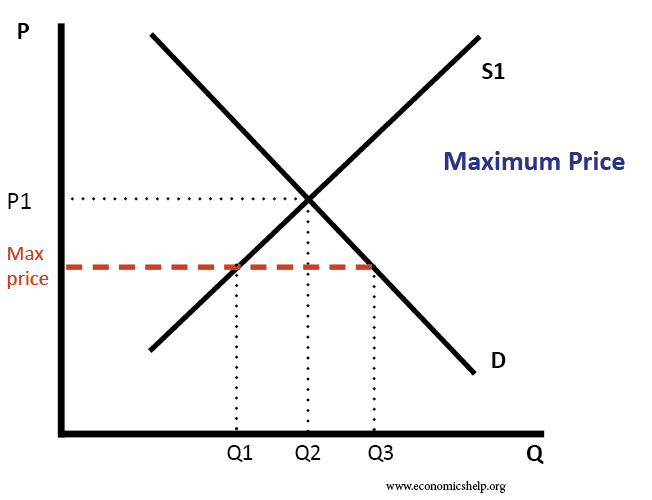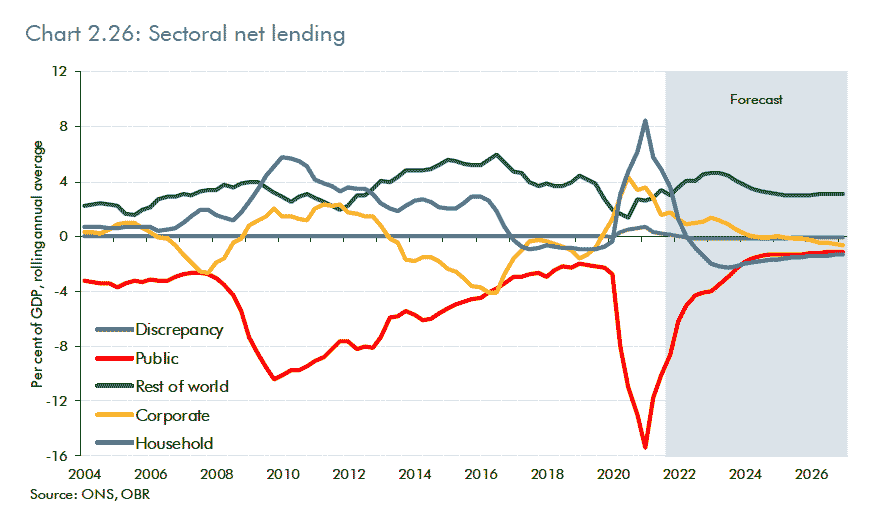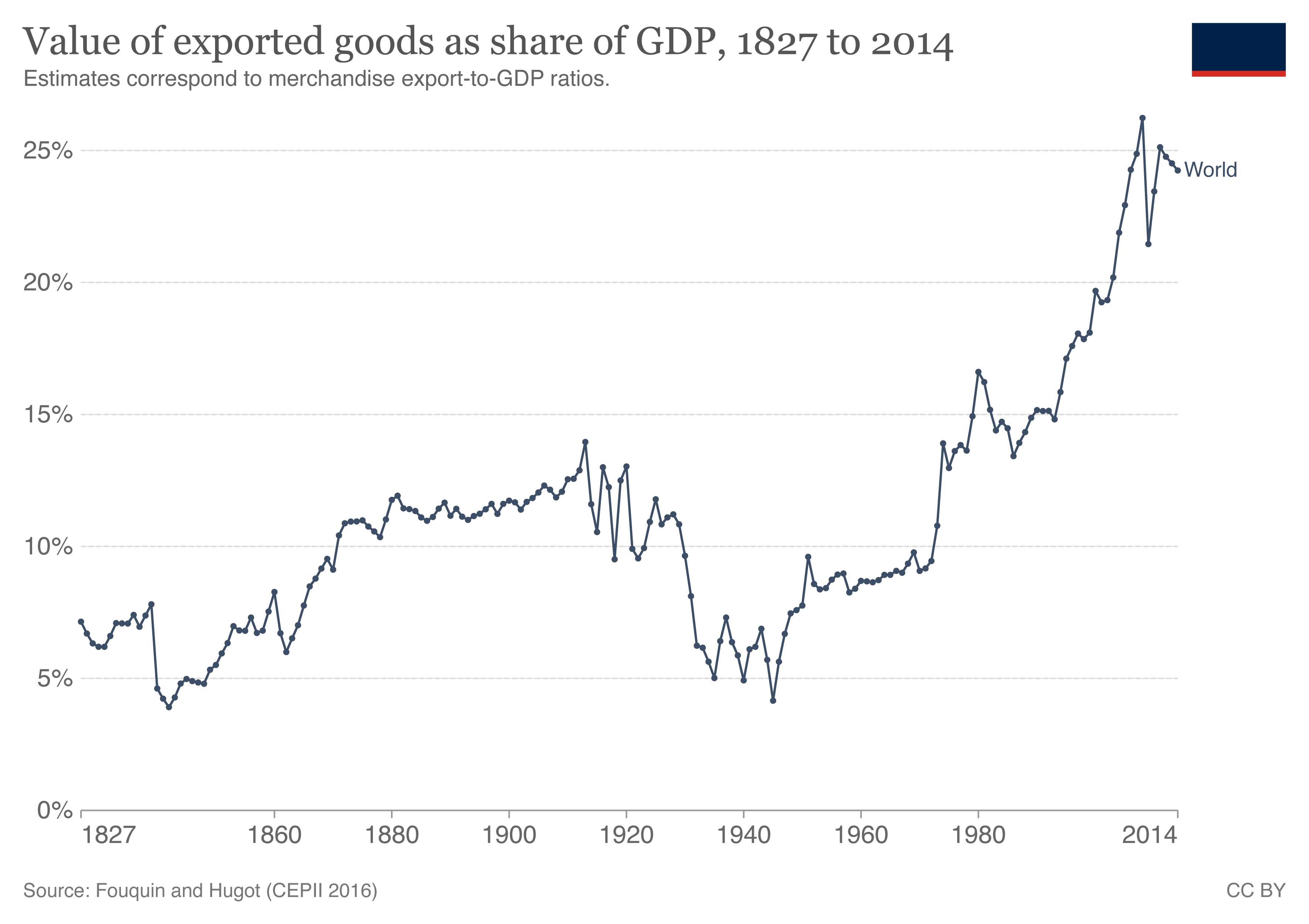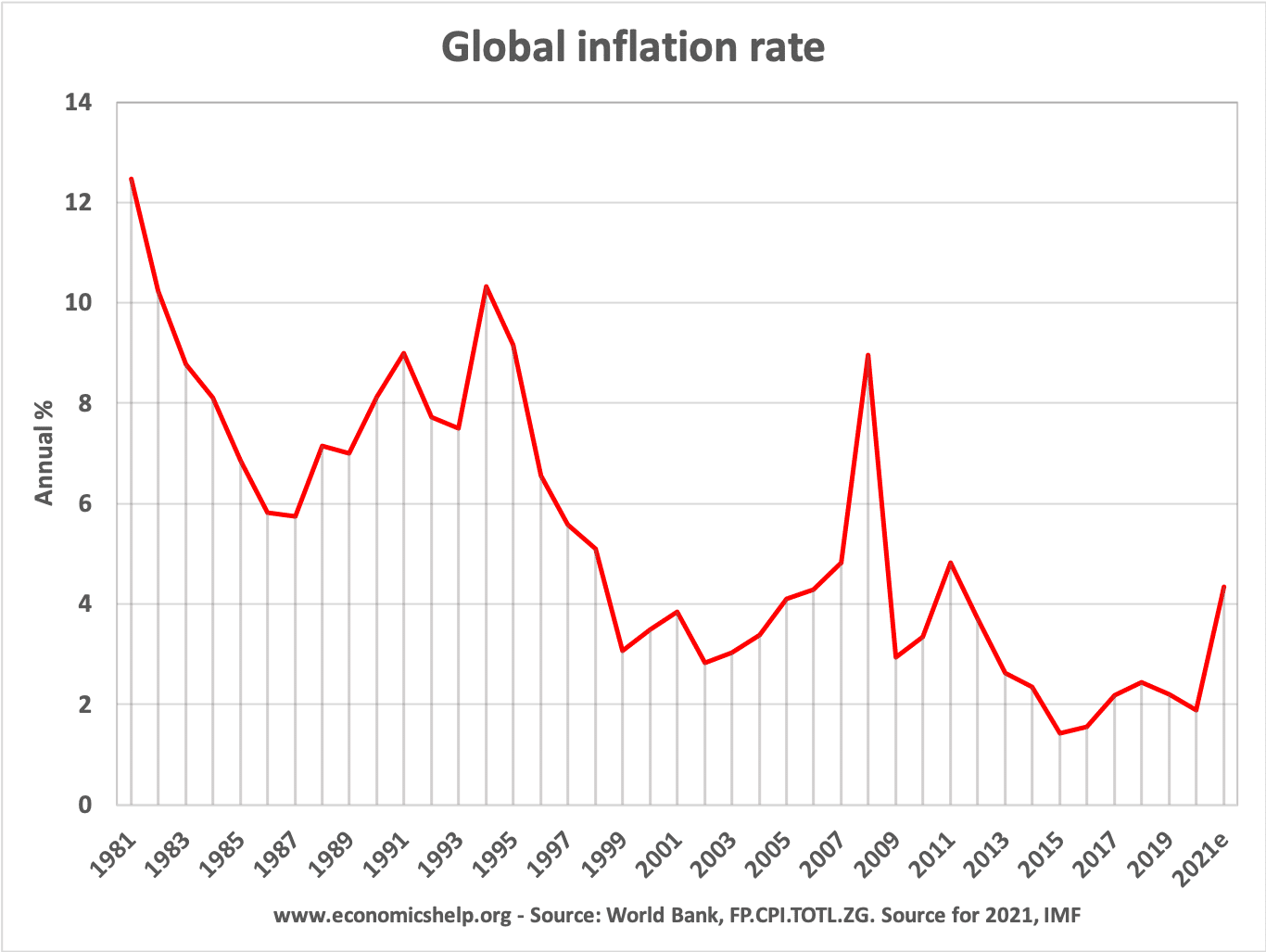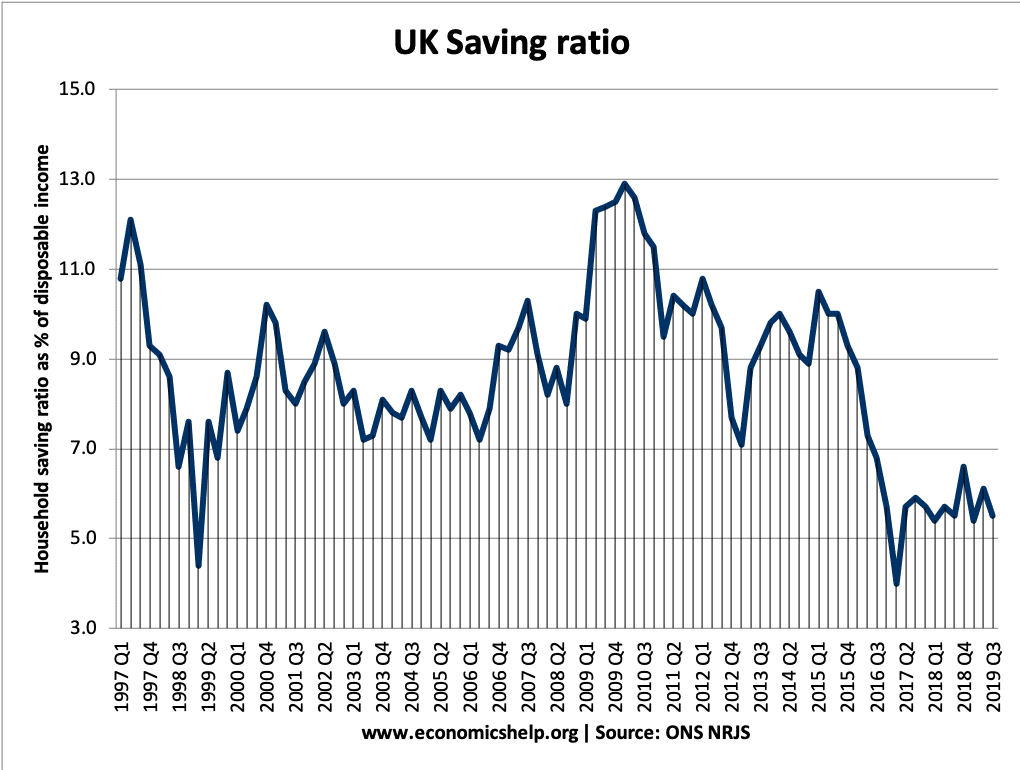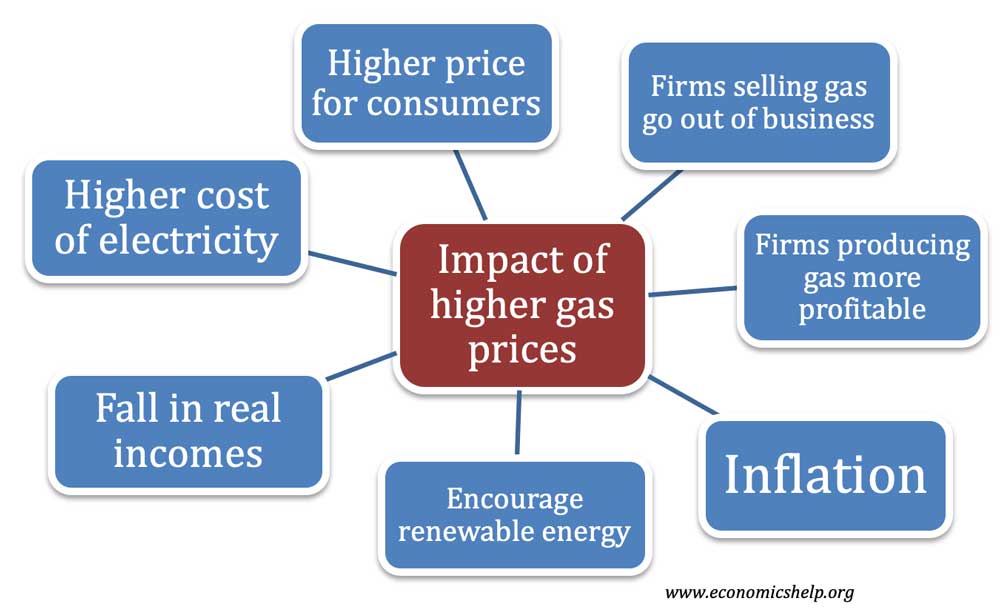The Sahm Rule – predicting recessions
The Sahm rule is a way of predicting a recession from changes in the unemployment rate. “(The) Sahm Recession Indicator signals the start of a recession when the three-month moving average of the national unemployment rate (U3) rises by 0.50 percentage points or more relative to its low during the previous 12 months.” (Sahm Rule) …

